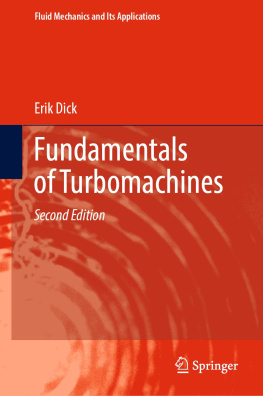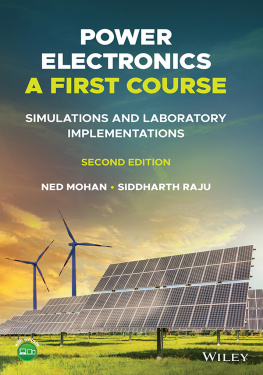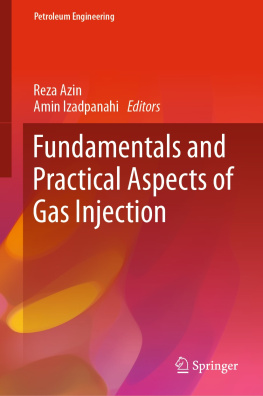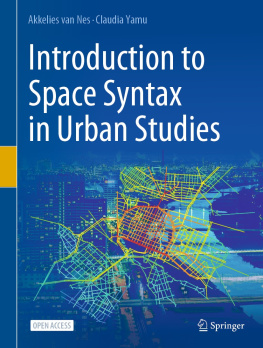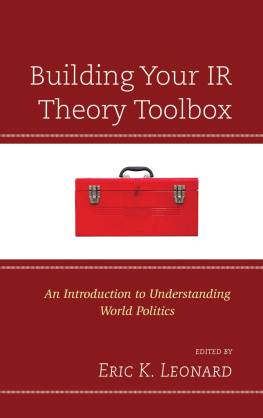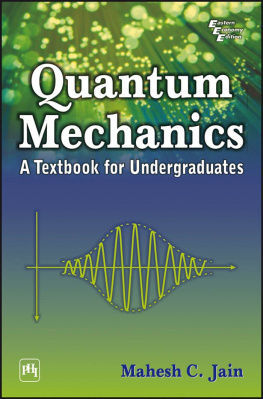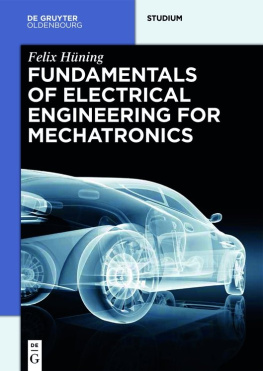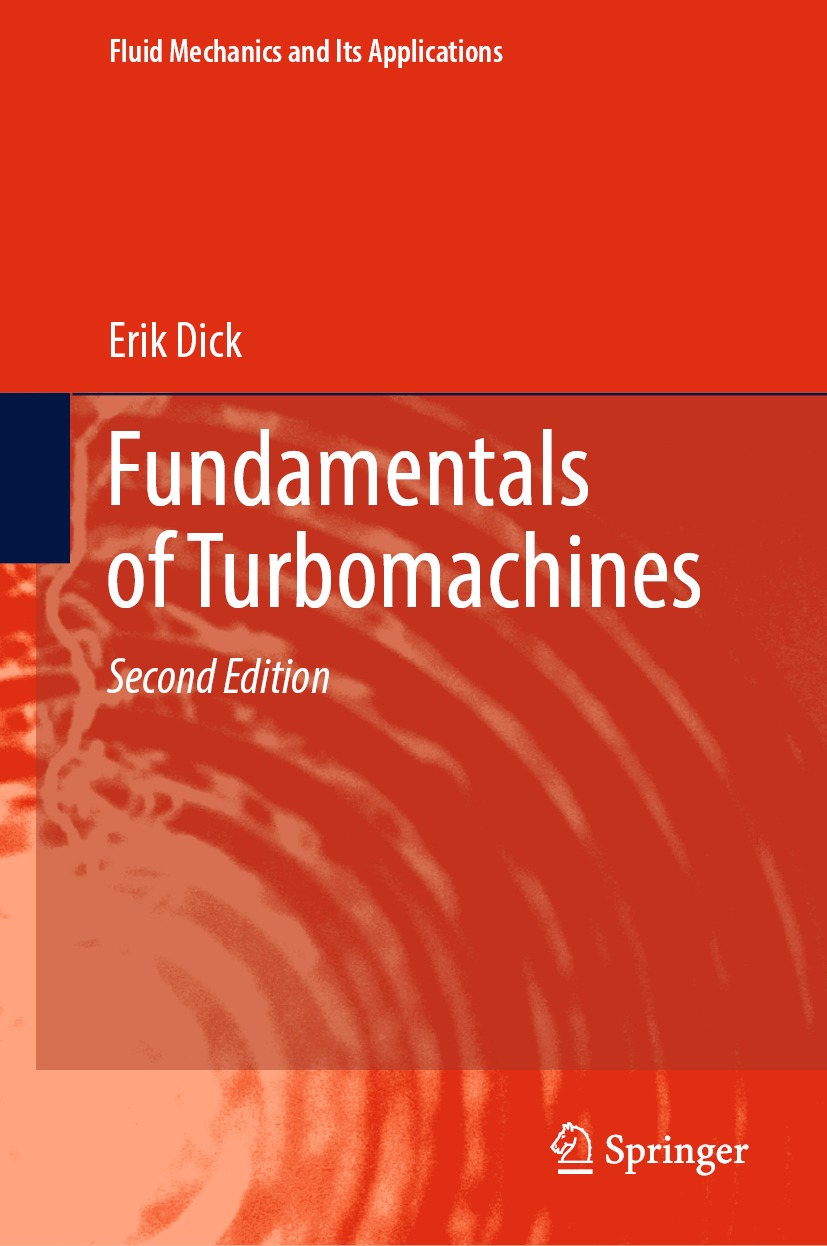Volume 130
Fluid Mechanics and Its Applications
Series Editor
Andr Thess
German Aerospace Center, Institute of Engineering Thermodynamics, Stuttgart, Germany
Founding Editor
Ren Moreau
Ecole Nationale Suprieure dHydraulique, St Martin D'heres Cedex, France
The purpose of this series is to focus on subjects in which fluid mechanics plays a fundamental role. As well as the more traditional applications of aeronautics, hydraulics, heat and mass transfer etc., books will be published dealing with topics, which are currently in a state of rapid development, such as turbulence, suspensions and multiphase fluids, super and hypersonic flows and numerical modelling techniques. It is a widely held view that it is the interdisciplinary subjects that will receive intense scientific attention, bringing them to the forefront of technological advancement. Fluids have the ability to transport matter and its properties as well as transmit force, therefore fluid mechanics is a subject that is particulary open to cross fertilisation with other sciences and disciplines of engineering. The subject of fluid mechanics will be highly relevant in such domains as chemical, metallurgical, biological and ecological engineering. This series is particularly open to such new multidisciplinary domains. The median level of presentation is the first year graduate student. Some texts are monographs defining the current state of a field; others are accessible to final year undergraduates; but essentially the emphasis is on readability and clarity.
Springer and Professor Thess welcome book ideas from authors. Potential authors who wish to submit a book proposal should contact Dr. Mayra Castro, Senior Editor, Springer Heidelberg, e-mail: mayra.castro@springer.com
Indexed by SCOPUS, EBSCO Discovery Service, OCLC, ProQuest Summon, Google Scholar and SpringerLink
More information about this series at https://link.springer.com/bookseries/5980
Erik Dick
Fundamentals of Turbomachines
2nd ed. 2022

Logo of the publisher
Erik Dick
Department of Electromechanical, Systems and Metal Engineering, Ghent University, Gent, Belgium
ISSN 0926-5112 e-ISSN 2215-0056
Fluid Mechanics and Its Applications
ISBN 978-3-030-93577-1 e-ISBN 978-3-030-93578-8
https://doi.org/10.1007/978-3-030-93578-8
Springer Science+Business Media Dordrecht 2015
The Editor(s) (if applicable) and The Author(s), under exclusive license to Springer Nature Switzerland AG 2022
This work is subject to copyright. All rights are solely and exclusively licensed by the Publisher, whether the whole or part of the material is concerned, specifically the rights of translation, reprinting, reuse of illustrations, recitation, broadcasting, reproduction on microfilms or in any other physical way, and transmission or information storage and retrieval, electronic adaptation, computer software, or by similar or dissimilar methodology now known or hereafter developed.
The use of general descriptive names, registered names, trademarks, service marks, etc. in this publication does not imply, even in the absence of a specific statement, that such names are exempt from the relevant protective laws and regulations and therefore free for general use.
The publisher, the authors and the editors are safe to assume that the advice and information in this book are believed to be true and accurate at the date of publication. Neither the publisher nor the authors or the editors give a warranty, expressed or implied, with respect to the material contained herein or for any errors or omissions that may have been made. The publisher remains neutral with regard to jurisdictional claims in published maps and institutional affiliations.
This Springer imprint is published by the registered company Springer Nature Switzerland AG
The registered company address is: Gewerbestrasse 11, 6330 Cham, Switzerland
Preface
The book is a coursebook on the functioning of turbomachines. The approach is the analysis of all kinds of turbomachines with the same theoretical framework. The building up of theory is mixed in the sense that first derivations are general, but that elaboration of the theoretical concepts is done on a particular machine, however taking into account reuse on other machines or generalisation from constant-density to variable-density formulation.
The book starts with two chapters on general concepts and then follows the analysis of radial and axial fans, because these machines are the simplest ones. The next machines studied are steam turbines and pumps. Subsequent chapters are on hydraulic turbines, wind turbines, gas turbines for power and thrust, axial compressors, radial compressors, axial and radial turbines for gases.
The order in which the different types of turbomachines are treated is chosen by the possibility of gradually building up theoretical concepts. For each of the machine types, a balance is sought between fundamental understanding and knowledge of practical aspects. The main goal is understanding the functioning of the machine and the shaping of the components.
The point of view taken by the author is that readers should be able to understand what they see when a turbomachine is opened. They should also be able to make a reasoned choice of a turbomachine for a specific application and to understand its operation. Design is not a primary objective. Design requires a more specialised study, although basic design of the simplest turbomachines such as a centrifugal fan, an axial fan, an axial steam turbine, a centrifugal pump or an axial pump, is possible with the topics covered in the book.
The text of the first edition has been adapted to new evolutions in research and technology, but keeping the objective of a coursebook on fundamentals of turbomachines. The text of the first edition has been thoroughly revised with a focus on improved readability. The discussion has been extended of a limited number of topics that were treated somewhat too briefly in the first edition for reaching the goal of fundamental understanding. The exercises have been extended to cover more of the course material and to focus on a better understanding of fundamental aspects.
The volume of text is limited to what can be absorbed in a course of 912 ETC study points by a mechanical engineering student with basic knowledge of fluid mechanics and thermodynamics. An effort of nine ETC study points is possible by leaving out some less essential topics and some exercises.
Erik Dick
Gent, Belgium
October 2021
Symbols
aAcceleration (m/s2)
Axial interference factor ()
AThrough-flow section area (m2)
bRotor width in axial direction (m)
Tangential interference factor ()
Bypass ratio ()
cChord (m)
Velocity of sound (m/s)
caAxial chord (m)
CDDrag coefficient ()
cfFriction coefficient ()
CfCentrifugal force by rotor rotation (N/kg)
CFuTangential force coefficient () ()
CL 
